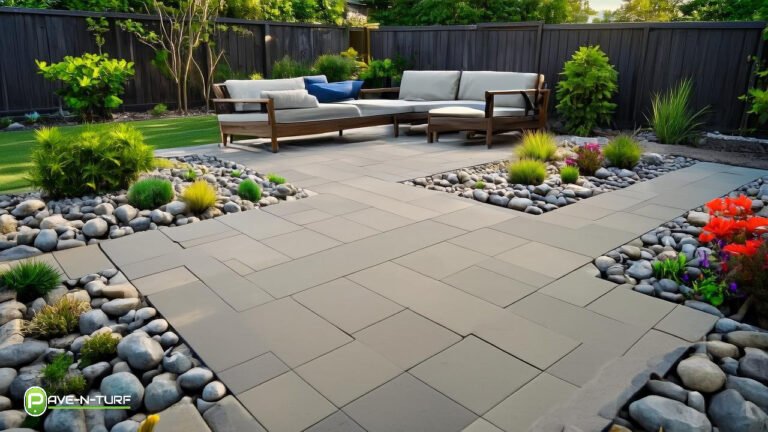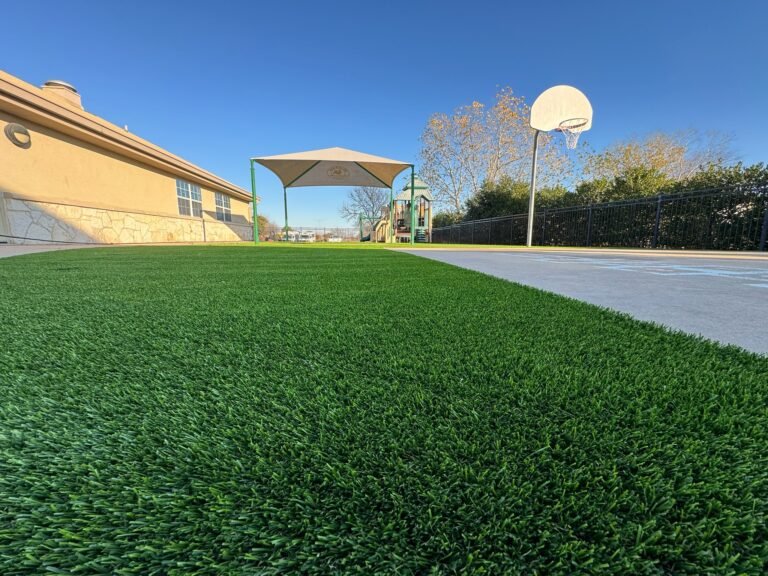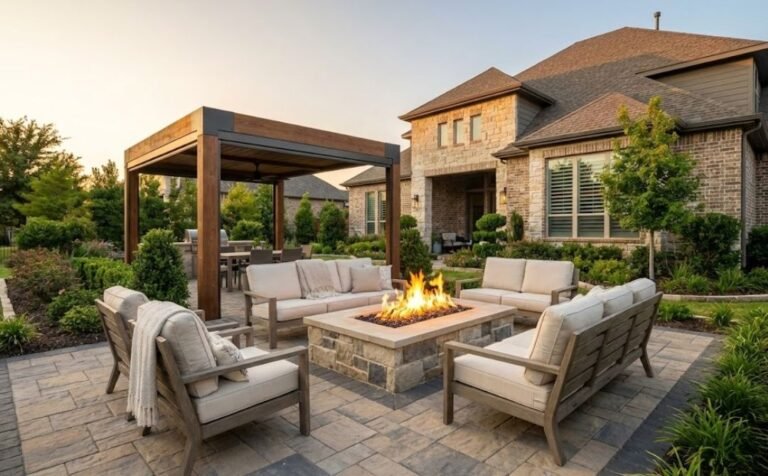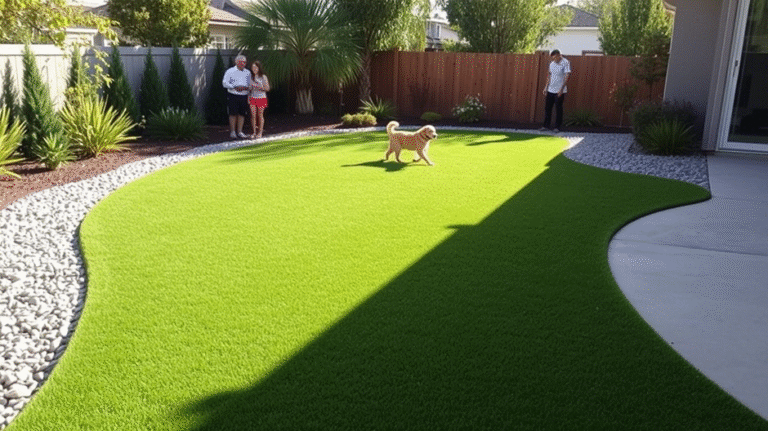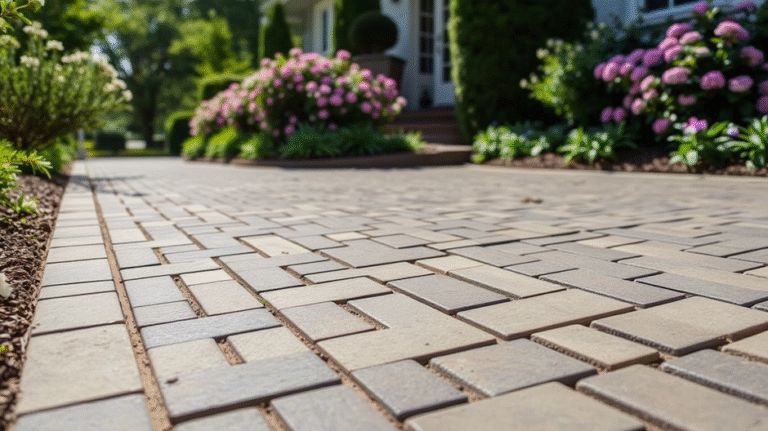Why Levelling Your Backyard Is Crucial for Installing Commercial Artificial Turf
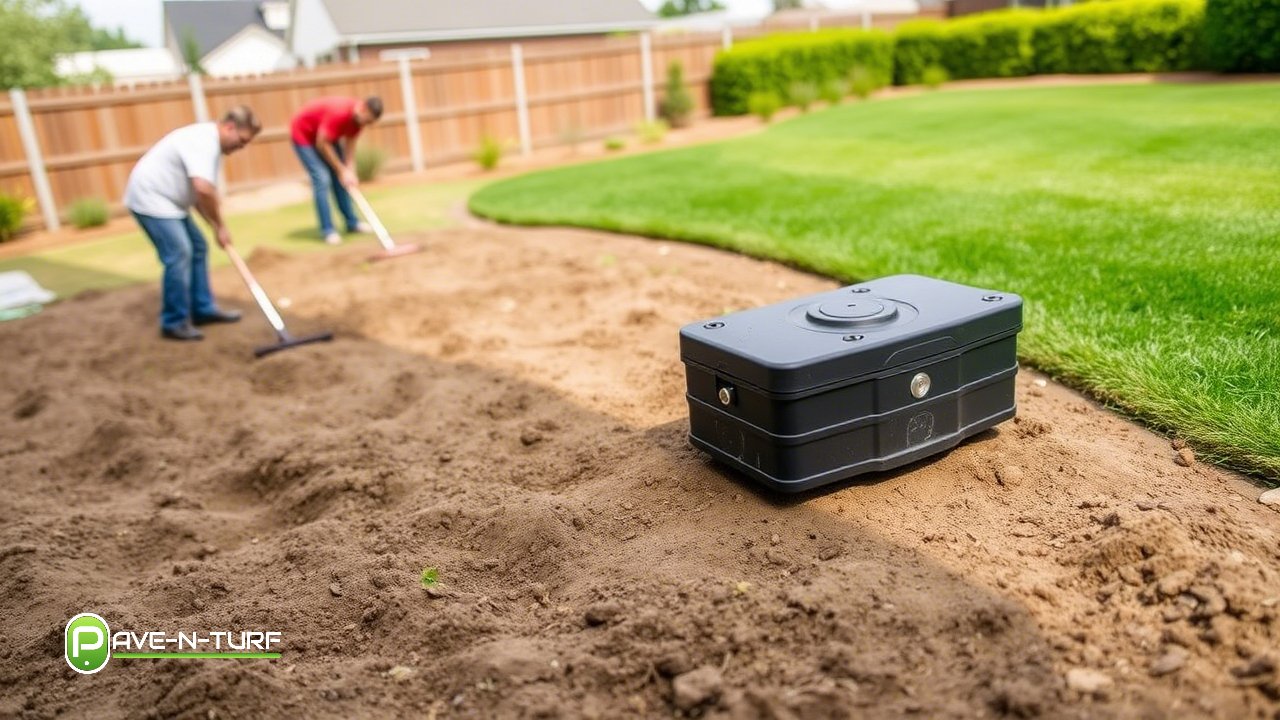
Introduction
With the growing trend of enhancing outdoor spaces for businesses, schools, or larger recreational areas, commercial artificial turf has been one of the preferred choices. However, one important part often neglected in the planning is the levelling of the space. From a small dog park behind a veterinary clinic, to a larger playfield behind a school, it makes no difference; levelling your backyard or outdoor area is extremely important for any turf installation.
Many people naturally want to dive right into selecting styles of turf and planning layouts, but not considering the groundwork – pun intended – could lead to very considerable issues such as drainage problems, rippling surface, or uneven wear. In this article, we will discuss why levelling your backyard or even commercial space is very important while installing commercial artificial turf, and how this affects the longevity, aesthetic of, and safety with your turf investment.
What Is Commercial Artificial Turf?
Before diving into levelling and prep work, it’s important to understand what commercial artificial turf is. Unlike residential turf, which is often lighter and installed over smaller areas, commercial turf is built for heavy use. It’s thicker, more durable, and often includes extra features like UV protection, antimicrobial properties, and shock-absorbent padding.
It’s used in places like:
- Public parks
- Sports complexes
- Dog daycares
- Schools
- Apartment courtyards
Due to the larger scale and higher traffic, proper groundwork is non-negotiable.
Why Levelling Is the First and Most Important Step
1. Provides Correct Drainage
Commercial-grade artificial turf requires a strong base that can drain water quickly and evenly. When the surface is not level, water will pool in low spots, which can lead to flooding, Mold contamination, and damaged turf. Proper grading plays an important role in directing water away from building foundations, which is particularly critical in many commercial applications.
2. Avoids Uneven Use and Abuse
With time, foot traffic will wear out portions of your turf. If the base is not level, certain locations will bear greater weight than others. When that happens, the areas with more weight will break down faster than other areas. This is both visually unappealing and a potential tripping hazard. By levelling the area properly, you promote an even, professional appearance and improve the lifespan of the installation.
3. Minimizes Waves and Wrinkles
One of the most common complaints about commercial turf installations is the formation of unsightly wrinkles or waves after just a few months. These imperfections usually occur when turf is installed on an uneven or unstable sub-base. High-quality turf and paving solutions involve properly grading, compacting, and prepping the surface to minimize movement. The result? A sleek, natural-looking artificial turf area that stays smooth and professional over time.
How to Level Backyard or Outdoor Space for Turf
Levelling is not just about making the ground flat it involves grading, compacting, and layering. Here’s a simplified version of how to level a backyard or outdoor area before installing commercial artificial turf:
Step 1: Clear the Area
Remove grass, debris, and any large rocks. You may need a sod cutter or bobcat for larger commercial spaces.
Step 2: Grade for Drainage
Create a slight slope typically 1-2% to help direct water away from buildings or play areas. Use a string level or laser level for accuracy.
Step 3: Install a Sub-Base
Lay down a mix of crushed granite or decomposed granite. This helps with drainage and gives the turf something stable to sit on.
Step 4: Compact the Surface
Use a plate compactor to tightly pack the base. You want the surface to be smooth, firm, and levelled. Any dips or bumps will show up once the turf is laid.
Step 5: Double-Check Everything
Re-check your levels and grading before laying turf. Fix any soft spots or low areas now, not after installation.
Common Mistakes to Avoid
When installing commercial artificial turf, many first-timers make costly mistakes during levelling:
- Skipping compaction – leads to sagging and dips over time
- Ignoring slope – results in waterlogging
- Uneven base materials – creates bumps and trip hazards
- Using poor-quality fill – affects drainage and surface stability
If you’re unsure how to get the perfect level, it’s always a good idea to consult a professional with turf and levelling backyard experience.
The Role of Levelling in Multi-Use Commercial Areas
Levelling becomes even more essential when the turf area serves multiple purposes. For example:
- Schoolyards where kids play and sit
- Dog parks that combine agility equipment with play zones
- Apartment complexes where both humans and pets share the space
Uneven surfaces can create puddles, increase wear, and make areas uncomfortable or even unsafe. For businesses offering services like artificial grass for pets, leveling also helps prevent waste buildup and improves cleanliness.
Long-Term Benefits of Proper Leveling
Let’s be honest:
levelling is the least glamorous part of installing commercial artificial turf, but it pays off in the long run.
- Better aesthetics – looks smoother and more natural
- Improved safety – reduces risks of trips and falls
- Enhanced turf life – reduces early wear and damage
- Fewer repairs – saving money on future maintenance
In short, if you cut corners here, you’ll likely pay for it later.
Conclusion
When investing in commercial artificial turf, never forget the most important aspect in the beginning: proper levelling of your outdoor space. Sure, it can seem like a lot of work in advance, but that effort makes the artificial turf installation look level and smooth when complete with a quality finish. Regardless of the type of space you are levelling, whether it be a dog park, schoolyard, or rooftop lounge, having a properly levelled surface means that your commercial artificial turf is able to perform the way it’s designed to. Just look at other industries already using artificial grass for pets. consider learning how to level a backyard or hiring a team experienced in turf and paving solutions, so that you’re ensured a proper done level surface. It’s essential to remember that a level foundation makes not only for ease during installation but that it’s well worth the whole turf investment.
FAQ: Commercial Artificial Turf & Levelling
Q1: How long does it take to level a commercial yard for turf?
A1: It depends on the size. A small commercial yard can be prepped in 1–2 days, while larger spaces may take a week or more, especially if regrading is needed.
Q2: Can I level my backyard myself for turf installation?
A2: Technically yes, but for commercial artificial turf, it’s highly recommended to hire professionals. They have the equipment and know-how to ensure proper slope, compaction, and drainage.
Q3: What type of base is best for turf installation?
A3: Crushed granite or decomposed granite is ideal because it compacts well and allows for proper drainage. Avoid using sand or soil as the primary base.
Q4: What happens if the turf is installed on uneven ground?
A4: You may end up with puddles, sagging spots, and faster deterioration of the turf. Plus, it’s a safety issue, especially in public or commercial environments.

